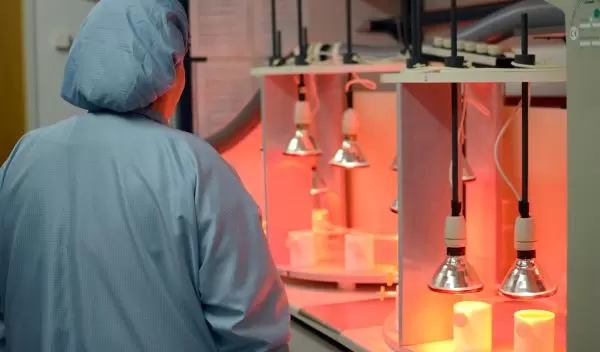
Changes in ocean chemistry show how sea level affects global carbon cycle
A new analysis of strontium isotopes in marine sediments has enabled scientists to reconstruct fluctuations in ocean chemistry reflecting changing climate conditions over the past 35 million years.
The results of the U.S. National Science Foundation-funded research, published in Science, provide new insights into the inner workings of the global carbon cycle and the processes by which carbon is removed from the environment through the deposition of carbonates.
"Strontium is very similar to calcium, so it gets incorporated into the calcium carbonate shells of marine organisms," said lead author Adina Paytan of the University of California, Santa Cruz.
Paytan and her co-authors looked at the ratios of different isotopes of strontium, including isotopes produced by radioactive decay and stable isotopes, which provide information about geochemical processes. They found that the stable isotope ratio of strontium in the ocean has changed considerably over the past 35 million years and is still changing today, implying large changes in seawater strontium concentration.
"It's not in a steady state, so what's coming into the ocean and what's leaving don't match," Paytan said. "The strontium composition of seawater changes depending on how and where carbonates are deposited, and that is influenced by changes in sea level and climate."
The fluctuations in strontium isotope ratios analyzed in this study reflect the combined effect of shifts in the global balance of geologic processes including weathering of rocks on land, hydrothermal activity, and the formation of carbonate sediments in both deep-sea and shallow nearshore marine environments.
Carbonate deposition in the open ocean comes from marine plankton such as coccolithophores and foraminifera, which build their shells of the calcium carbonate mineral calcite. In shallow water on the continental shelves, hard corals are more abundant; they build their skeletons of a different mineral of calcium carbonate, aragonite, which incorporates more strontium than does calcite.
"When corals form, they remove strontium, and when they are exposed, that strontium washes out and goes back into the ocean," Paytan said. "With changes in sea level, more or less of the continental shelf where corals grow is exposed, so that impacts the strontium composition of seawater."
"These new strontium isotope data help distinguish the impacts of carbonate burial and the weathering of continental rock on the chemistry of the oceans, and provide valuable insights into changes in the global carbon cycle over millions of years," said Dan McCorkle, a program director in NSF's Division of Ocean Sciences.


